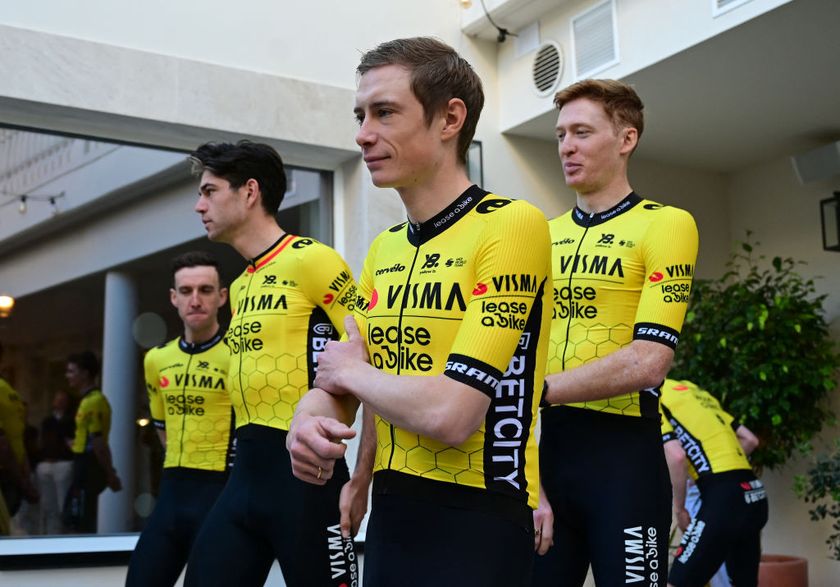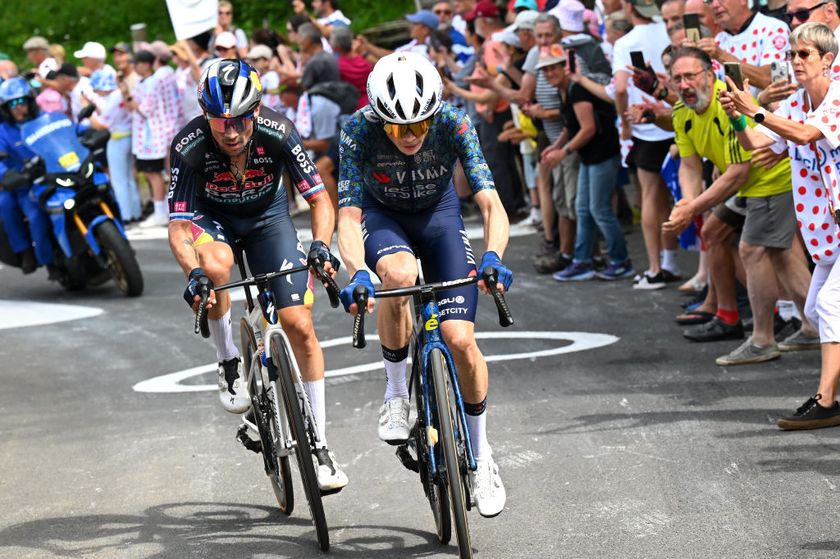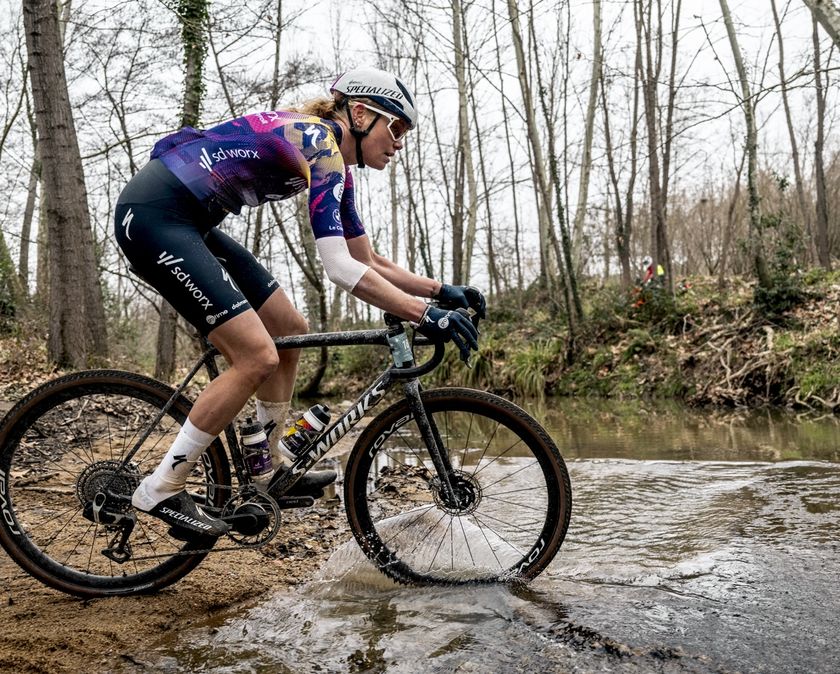Changes made to key Vuelta a Espana stages
Time trial and important mountain stages reduced and rerouted







Less than a month before the start of the 2017 Vuelta a Espana begins, race organisers have made alterations to several stages of this year's race. In preparation for the final Grand Tour of the season, which begins on August 19 in Nimes, France, each of the stage profiles and maps have been posted on the race's official website, and Spanish publication AS has noted changes to four - many quite key - stages.
Tour de France winner Chris Froome (Team Sky) has confirmed he will attempt a difficult Tour-Vuelta double, with Vincenzo Nibali (Bahrain-Merida), and Fabio Aru (Astana) all due to challenge him.
Among the stages changed are the lengthy individual time trial and the double header of mountain finishes to Sierra de La Pandera and Alto Hoya de la Mora. No reason has been given for the alterations to the route.
Stage 10 from Caravaca Jubilar to El Pozo Alimentación is the first of the changes. Under the original plan, the stage was 171 kilometres long with just one classified ascent up the Collado Bermejo. The stage will follow much the same route, with the riders set to complete a short loop after passing the finish line for the first time. Organisers have, however, now classified the short rise of the Alto de Morron ahead of the Collado Bermejo, nominating it a third category ascent. In addition, just over six kilometres have been lopped off the route, making it a 164.8km stage.
Stage 14 has undergone one of the bigger make-overs of them all. It has been shortened by 10 kilometres, from 185 to 175 kilometres, with some major reworking of the early part of the route. Beginning in Ecija, it was originally planned to pass through Aguilar de la Frontera and down through Monturque. Instead, the race will now head directly south towards Herrera and then onto Lucena before linking back up to the original route.
The first climb of the day, the third category Puerto el Mojon, now comes almost 20 kilometres later than originally planned – at the 76km mark. The stage will head through the Sierras Subbesticas natural park and take the A-339 over to the intermediate sprint at Alcala la Real. The original plan to head north towards Los Villares has been scrapped, meaning that the climbs of the Puerto de Locubin and the first category Alto de los Villares de Jaén are gone. Instead, the race will take a more direct route to the finish with the second category Alto Valdepeñas de Jaen setting up the final tilt on the Especial category Sierra de la Pandera.
Stage 15 has had a couple of kilometres added to it. The route is not much different other than one crucial factor, the finish line will be at 2,510 metres rather than the 2,490 originally planned and is now 129 kilometres.
Get The Leadout Newsletter
The latest race content, interviews, features, reviews and expert buying guides, direct to your inbox!
Finally, the stage 16 time trial has been trimmed from 42 kilometres to 40.2. It is still longer than both the Tour de France time trials combined and will be a sturdy test for the general classification riders. Judging by the profile, it appears that the changes have come in the final section of the route, but it has not had any drastic impact on the overall look and feel of the course.
The Vuelta a Espana will start with a team time trial in Nimes on August 19 and finish with the traditional sprint finish into Madrid on September 10.
Most Popular







